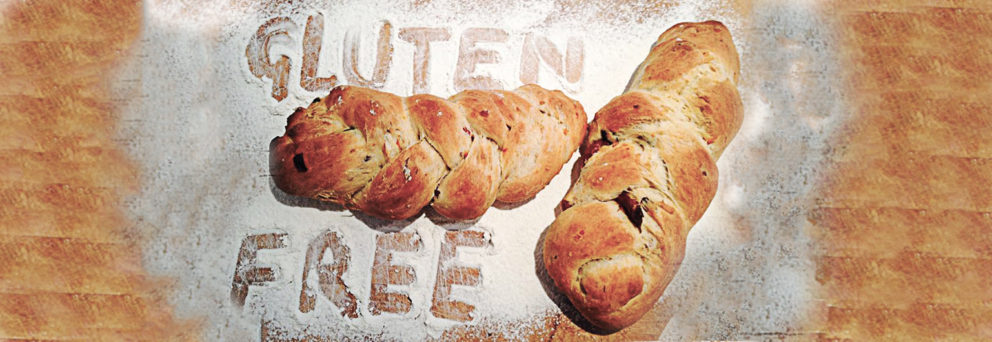
The cost of gluten-free foods – a barrier to compliance?
By Charlotte Foster BSc Hons, MSc, RD.
One common culinary conundrum surrounding the gluten-free diet is cost! At present, most gluten-free products tend to be more expensive than gluten containing equivalents (1&2).
Studies have been conducted to examine the barrier of cost and whether it influences compliance to the gluten-free diet, highlighting mixed results. One study reported that 51.3% of participants felt that the cost of gluten-free products was an important issue but 75.3% felt this did not make the gluten-free diet difficult to adhere to (3). However, another study demonstrated the opposite- that cost is an important factor affecting compliance to the diet (4).
So why are processed gluten-free foods usually more expensive?
There are several reasons for why gluten-free foods tend to be more expensive including:
- Growing consumer demands in what used to be a specialist “niche” market – the demand for an extensive product range has only been developed in recent years (5).
- Complex processing steps involved to ensure a satisfactory gluten-free equivalent food (5).
- Additional safety and quality checks to ensure that foods are meeting the standards for those with coeliac disease (5).
- Increased cost of ingredients and equipment to ensure no cross contamination (5).
Gluten-free on prescription
Those who have been formally diagnosed with coeliac disease may be eligible to receive certain gluten-free products on prescription which can be financially beneficial. However, due to budget cuts in the NHS certain areas may be exempt – speak to a GP or dietitian for further information.
Certain gluten-free foods that may be prescribed include:
- Cereals
- Crackers/Crisp breads
- Bread
- Pizza bases
- Flour
- Pasta
- Oats
Coeliac UK are currently campaigning to see the protection of prescriptions. Click here to find out more information.

Other tips for keeping the cost down:
If getting gluten-free foods on prescription is not an option there are still some simple tips you can try to help close the financial gap!
- Keep gluten-free breads in the freezer and take slices out to use on an “as needs” basis.
- Base dishes around naturally gluten-free foods vs processed gluten-free alternatives.
- Batch cook and bulk out! Use beans, pulses, fruits and vegetables to make dishes nutritious and delicious, bulking them out last longer.
- Plan ahead and stick to your shopping list!
- Take advantage of offers and supermarket deals.
Coeliac UK have compiled a free and helpful fact sheet for following a gluten-free diet when on a budget. Click here to read more.
Further information:
References:
(1):Stevens, L. and M. Rashid (2008) Gluten-free and regular foods: a cost comparison. Canadian Journal of Dietetic Practice and Research 69(3); 147-150.
(2):Lee, A.R., et al.,(2007) Economic burden of a gluten-free diet. Journal of Human Nutrition & Dietetics 20(5); 423-430.
(3):Leffler, D.A., et al., (2008) Factors that influence adherence to a gluten-free diet in adults with celiac disease. Digestive Diseases and Sciences 53(6); 1573-1581.
(4):Hall, N.J., G. Rubin, and A. Charnock (2009) Systematic review: adherence to a gluten-free diet in adult patients with coeliac disease. Alimentary Pharmacology and Therapeutics, 30(4); 315-30.
(5):Coeliac UK (2016) Campaigning on the cost of gluten-free. Available at https://www.coeliac.org.uk/about-us/news/campaigning-on-the-cost-of-gluten-free/ [last accessed 25/4/16].
